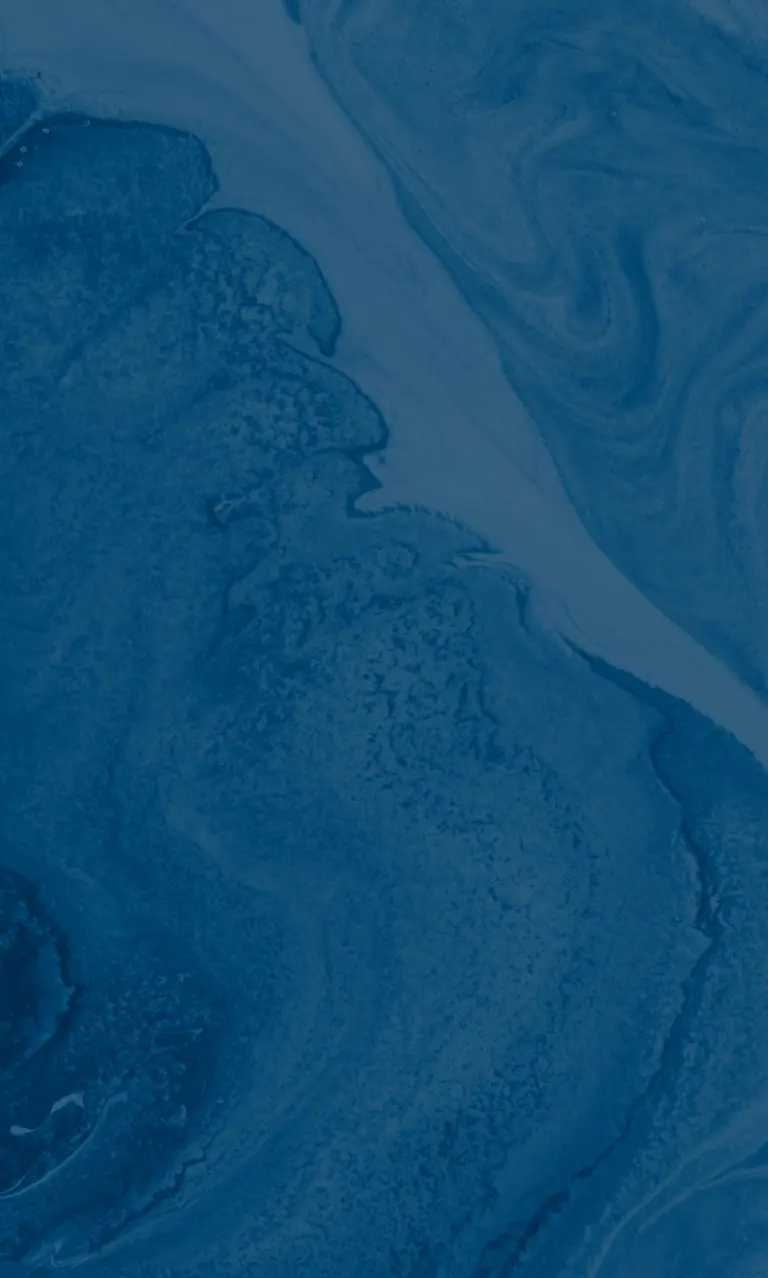LOUISE Infrared sensor to detect trace pollutants for use in ocean surveillance
The seas and oceans are subject to special surveillance given the socioeconomic and ecological interests at stake. Detecting and measuring levels of trace chemical pollution (such as polycyclic aromatic hydrocarbons - PAHs - or pesticides) is the key to dealing with many oceanographic issues. Development of a portable, compact sensor and analyser is fundamental for in-situ studies to complement laboratory techniques.
The goal of the LOUISE project is to design and evaluate a micro component for implementing an innovative, infrared sensor technology called SEIRA-EWS. The SEIRA-EWS micro-sensor will be integrated into a portable instrument and assessed for its ability to detect hydrocarbons and disease biomarkers during field-testing validation. It will enable detection of two compounds whose presence is considered representative - fluoranthene (PAH) and toluene -, detected at levels of 0.1μg/L and 70μg/L respectively.
Partners
Centres de recherche
- Ifremer, Brest
- Université de Technologie de Troyes, Troyes
- CNRS, délégation de Provence et Corse, Institut Fresnel, UMR 7249, Marseille
- Université Sorbonne Paris Nord, Chimie, Structure et Propriétés des Biomatériaux et Agents Thérapeutiques, Bobigny
- Université de Rennes, Institut des Sciences Chimiques de Rennes (ISCR) [Porteur de projet]
Funders
- Agence Nationale de la Recherche
